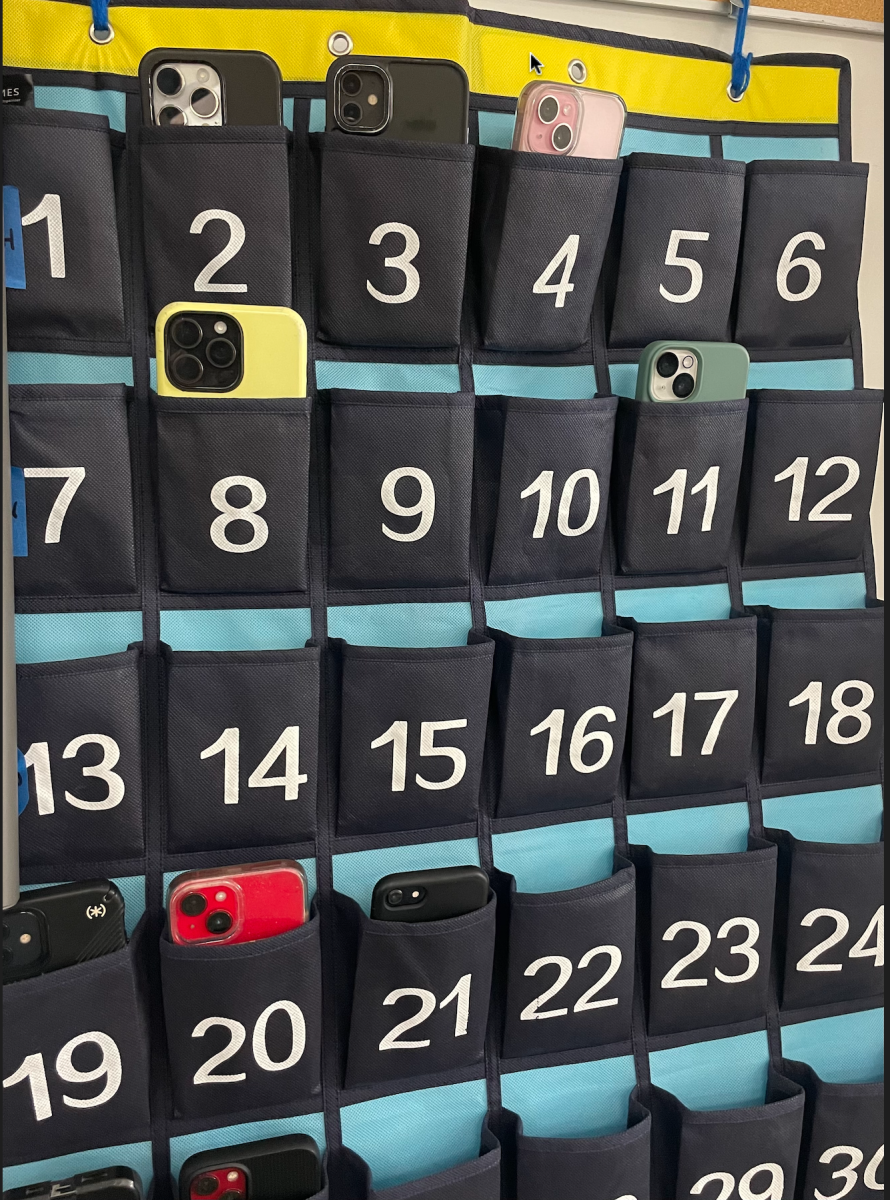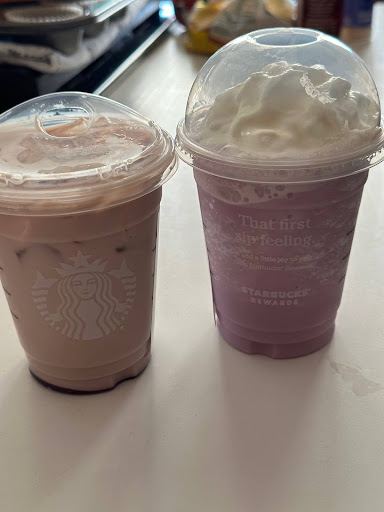It’s at the front of every checkout lane. It’s under our desks, seats, and more. It’s attached to us under our shoes. It might even be stuck in us. Gum is everywhere, no matter where we go. No matter how hard we try, we can never escape its vestige.
People of all ages, classes, races, and nationalities chew gum. When we’re young and at school, gum is under our desks and on the floors. When we’re older, it’s on the street and becomes a part of our lives. It’s truly everywhere, even where people don’t live, due to being littered all around us.
We can see how bad it is by walking to Prior Lake High School. There are black gum marks by the crosswalk, gum in the grass, and gum scattered everywhere.
Gum’s prevalence is intensified by how it cannot degrade due to being partially made of plastic. Most big gum brands, such as Wrigley, make their gums out of polyvinyl acetate (a type of plastic) to keep them chewy.
A Bloomberg article details how London’s Chewing Gum Action Group removed 86,000 square meters of gum from only three streets. The lack of care people put into disposing of gum, combined with gum’s inability to break down causes a major pollution issue. The plastic in gum eventually finds its way back into everyone, even if they don’t chew it.
Through years of research, humans have learned that they cannot fully break down plastic. Unfortunately, nature can’t either.
There are clear reasons why this affects the environment and our bodies badly. However, there’s even more that people might not be aware of. According to the Environmental Working Group, other chemicals in gum, such as titanium dioxide in Dentyne Ice Peppermint and other popular gums, can harm chromosomes and cause brain damage in young children.
Some people chew gum to strengthen their jaw, but this is not completely beneficial. According to Healthline, it can strain jaw muscles, and prolonged gum chewing can lead to cavities.
Many students also chew gum to memorize their studies better. While it has been proven to help with memorization, it’s not the only accessible technique. Students can also try different tactile memorization techniques, such as kneading something in their hand while working.
While a school cannot stop the gum industry, we can do our part by reducing our consumption. Resist the temptation to buy a pack at the checkout counter and take a box of mints instead. It’s better for everyone.









